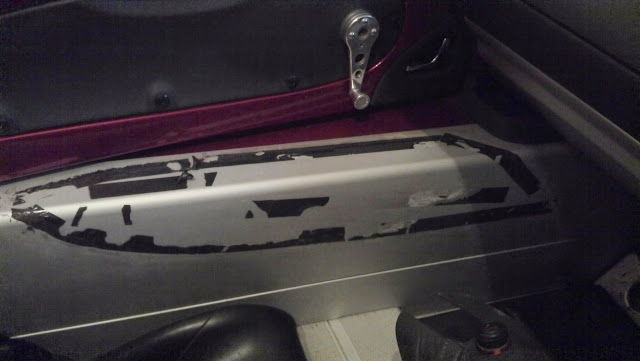ok then, onto the interesting bit.
after some deliberation I settled on a fibreglass Lotus for the base car. for a number of reasons:
- inherently light, always good for track cars. less use of brakes & tyres. less torque needed for acceleration.
- mid engined options: I haven't owned a mid engined car yet, so a good opportunity to try the layout.
- handling. most Lotus' (Lotii?) are lauded for their excellent handling & steering feel. some are labelled as 'challenging' near the limit. both of these factors appeal to me. rubbish steering feel being a particular pet hate of mine...
having got this far the only remaining question was which fibreglass lotus was going to for the bill, could get to the 530 BHP/tonne target within an achievable budget?
initially I started looking at Mk1 Esprits with engine failures. best conversions would have been an Audi V8, chevvy LS engine or possibly some boosted V6. however the cost was looking high & so was the weight.
then I stumbled upon a particularly well priced S1 Elise with 12month MOT, and in vgc. the price was so good due to Cat D, but the damage was front clam fibreglass only and had been well repaired. I knew that once I had finished with it, it would have been so thoroughly rebuilt & documented anyway that the Cat D rating wouldn't matter a jot, so I bought it on the spot.
pictures show car as advertised.



